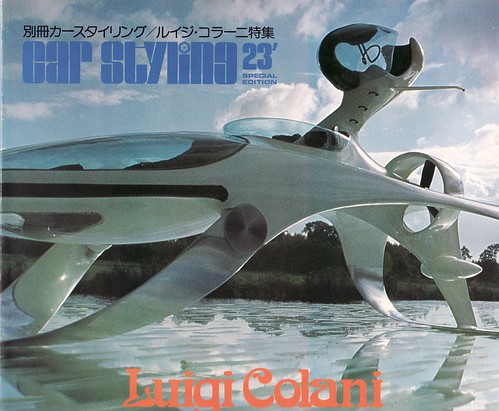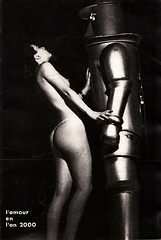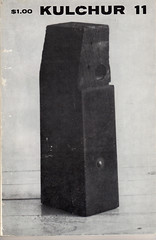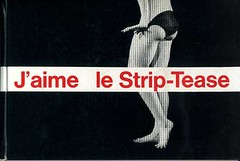The earth is round, all the heavenly bodies are round; they all move on round or elliptical orbits. This same image of circular globe-shaped mini worlds orbiting around each other follows us right down to the microcosmos. We are even aroused by round forms in species propagation related eroticism. Why should I join the straying mass who want to make everything angular? I am going to pursue Galileo Galilei’s philosophy: my world is also round. — Luigi Colani.
There is one available now at Amazon.de, 69 EUR.
European designer Luigi Colani turns eighty today.
I can’t remember the first time Colani came upon my radar, but it must have been in the various design books I read in my twenties, this was in the 1985-1995 period. He – and his celebration of curvilinearity (one of the faultlines in 20th century art) – remain paramount in my design canon.
Modern and contemporary designers in this tradition include Friedensreich Hundertwasser, Isamu Noguchi, Carlo Mollino and Marc Newson.
Connecting keywords are non-Euclidean geometry, ferrocement, organic design. [I must look into this non-Euclidean geometry thing, some interesting connections are bound to appear]
Also of interest is the survey of Eric Hunting, ‘The Classic Rock Realm of Ferro-Cement’[1].
Around that same period I bought a monograph of Colani’s work, a special issue of Japanaese Car Styling magazine, #23. Personally, I prefer his non-car styling designs and the issue of Car Styling aforementioned features some rare works of eroticism (ceramics, photography, drawings) and sanitary ware by Villeroy and Boch.
The cover of that magazine is noticeable for its Böcklin typeface.
Previously on Jahsonic: Lost and found: biomorphism





















































































































































































